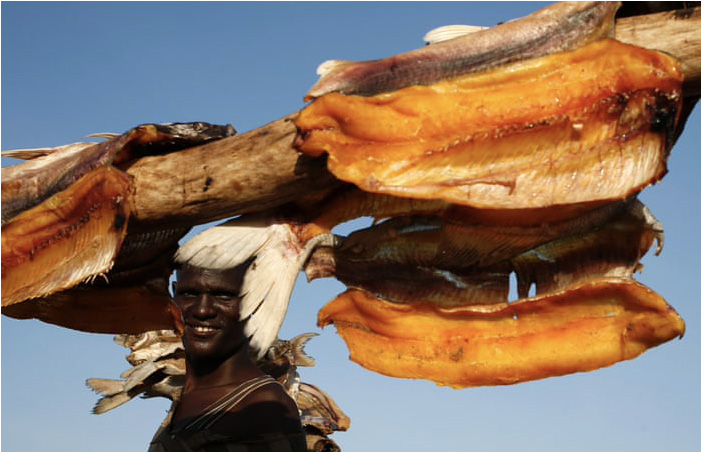Summary of the aims and potential impact of project – including its geographical area
Food and Water Insecurity is a defining characteristic of the Dry Land Ecosystems in Kenya. ASALs in Kenya include expansive rangelands where pastoralism is mainly practiced by approximately 10 million people there (See Map). Despite strategies for food security, deficits continue to recur in years of prolonged drought and floods. Several studies indicate that climate threats, degradation of natural resources, water scarcity, and conflicts are among the key drivers of food insecurity in Kenyan ASALs. People’s livelihoods are affected ranging from structures and processes that include local institutions or customs that control access to assets e.g. land and water points. There is gender-based discrimination by different institutions that may take the form of policy and law that either enhances or undermines local livelihoods strategies. Resilience is built on flexibility, coping, community empowerment and stakeholder engagement. This in the long-term can help reduce frequent conflicts, famine, and instability and loss of life that is experienced within and between these counties. Thus the aim of this Small Research Project is (SRP) todetermine the resilience attributable bio-physical, social/gender, economic and political factors that influence Food and Water Security in ASALs of West Pokot and Turkana Counties-Kenya.

Team members
Team leader
1. Kaleb. A. Mwendwa Co-I MMUST
Team members
- John Obiri-BRECcIA Co-I MMUST
- Namenya Daniel-MMUST PDRA
- Agevi Humphrey-MMUST Scientist
- Sospeter Wekesa-Research Assistant-TUK
- Raphael Ongunya-Agriculturalist (MMUST)
- Jibril Mohammed-ASAL Stakeholders Forum-Online Consultation
- Andrew Omam-Research Assistant (KFS)
Possible impact will be shown and described by;
- The availability of evidenced based data on water and food security to most Households and livestock.
- Mapped water and food insecurity areas using GIS.
- Reduced level of environment degradation and improved Forest/Tree cover.
- Adaptation of Sustainable Land Management in the two counties.





